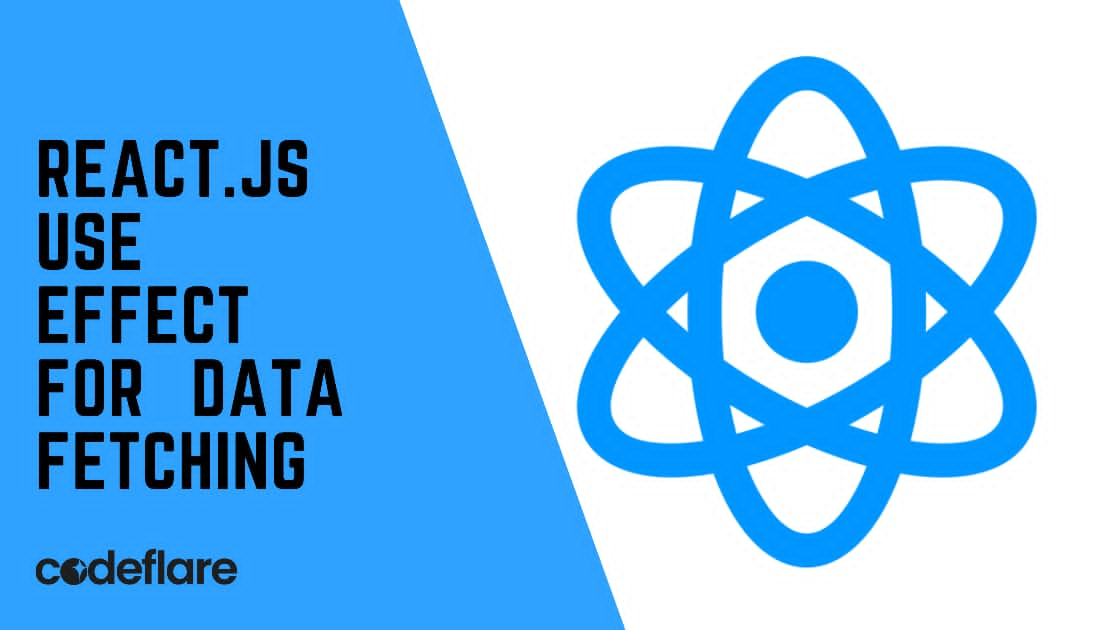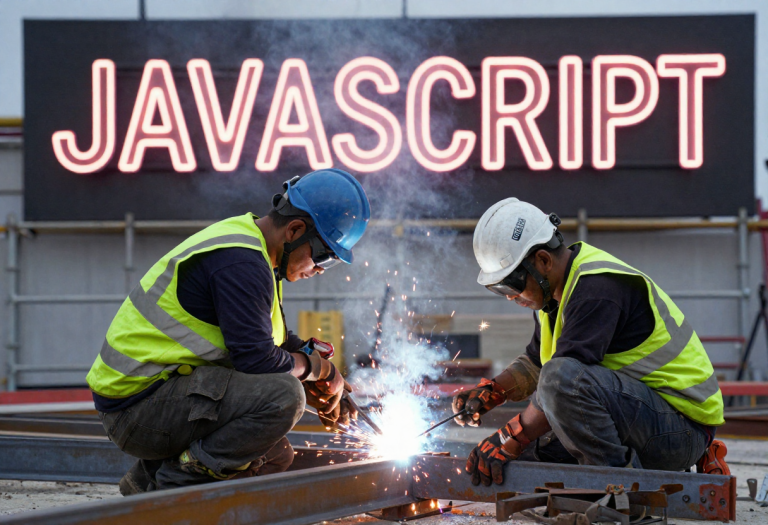
Introduction
React’s useEffect hook is a powerful tool for managing side effects in functional components. One of the most common use cases is using React.useEffect for data fetching from an API. In this article, we’ll explore how to effectively use React.useEffect for data fetching, covering best practices and potential pitfalls to avoid.
What is React.useEffect?
The useEffect hook in React is used to perform side effects in functional components. Side effects can include things like fetching data, setting up subscriptions, or manually changing the DOM. useEffect allows you to specify a function that React will execute after every render, or only when certain dependencies change.
Basic Example of Data Fetching with useEffect
Here’s a basic example of how you can use useEffect to fetch data from an API:
import React, { useState, useEffect } from 'react';
function DataFetchingComponent() {
const [data, setData] = useState([]);
const [loading, setLoading] = useState(true);
useEffect(() => {
fetch('https://api.example.com/data')
.then(response => response.json())
.then(data => {
setData(data);
setLoading(false);
})
.catch(error => {
console.error('Error fetching data:', error);
setLoading(false);
});
}, []); // Empty array means this effect runs only once, similar to componentDidMount
if (loading) {
return <div>Loading...</div>;
}
return (
<div>
<ul>
{data.map(item => (
<li key={item.id}>{item.name}</li>
))}
</ul>
</div>
);
}
Best Practices for Data Fetching with useEffect
- Dependency Array: Always be mindful of the dependency array in
useEffect. An empty array ([]) means the effect will only run once, similar tocomponentDidMount. If you include variables in the array, the effect will re-run whenever those variables change. - Cleanup: If your effect creates subscriptions or requires cleanup, return a function from
useEffectto clean up after the effect. This is crucial to avoid memory leaks, especially when dealing with subscriptions or timers.
useEffect(() => {
const interval = setInterval(() => {
console.log('This will run every second!');
}, 1000);
return () => clearInterval(interval); // Cleanup function
}, []);
- Handling Errors: Always handle potential errors in your data fetching logic to ensure that your component doesn’t break unexpectedly. You can use a
try-catchblock or handle the error in thecatchmethod of the promise.
Pitfalls to Avoid
- Infinite Loops: Be cautious with what you include in the dependency array. If you include a state variable that is updated inside the effect, it could cause an infinite loop of rendering.
- Race Conditions: If your component unmounts before a fetch request is completed, you may encounter a race condition where the component tries to update the state after it has unmounted. You can prevent this by canceling the request or using a cleanup function.
Conclusion
The useEffect hook is a versatile tool in React for managing side effects like data fetching. By understanding how to use it effectively, you can ensure your components are efficient, responsive, and free of common pitfalls. Whether you’re building a simple application or a complex one, mastering useEffect for data fetching will help you manage asynchronous operations with ease.
Understanding PHP’s Autoload functionality






